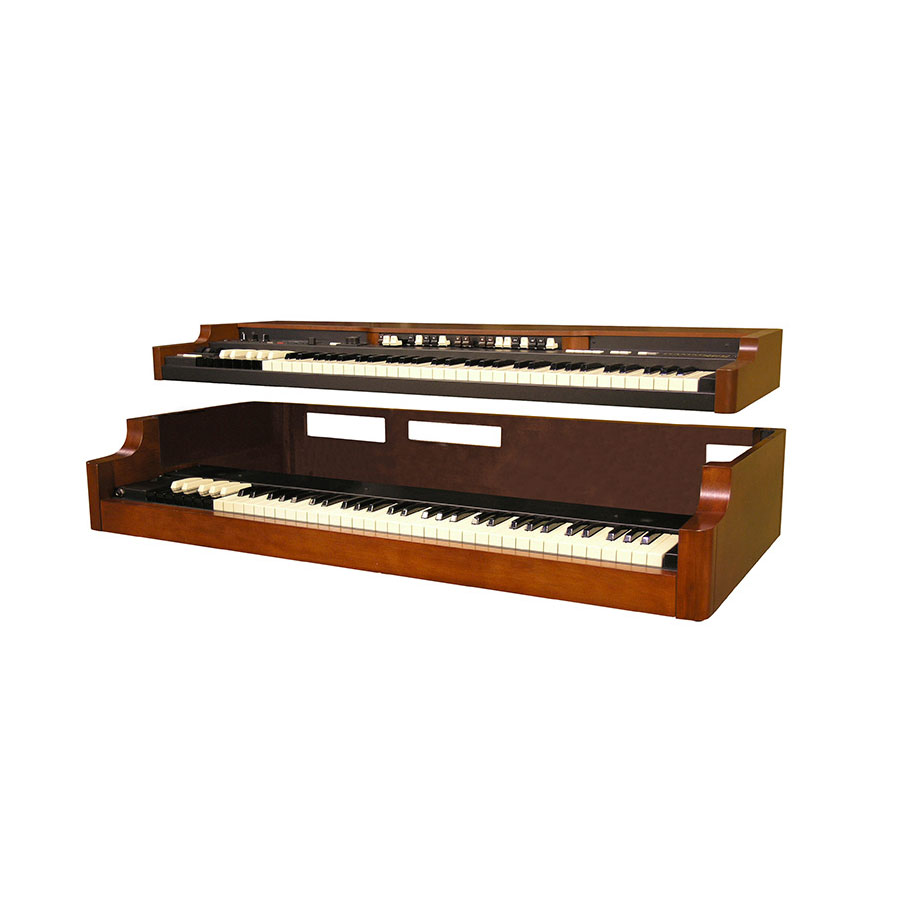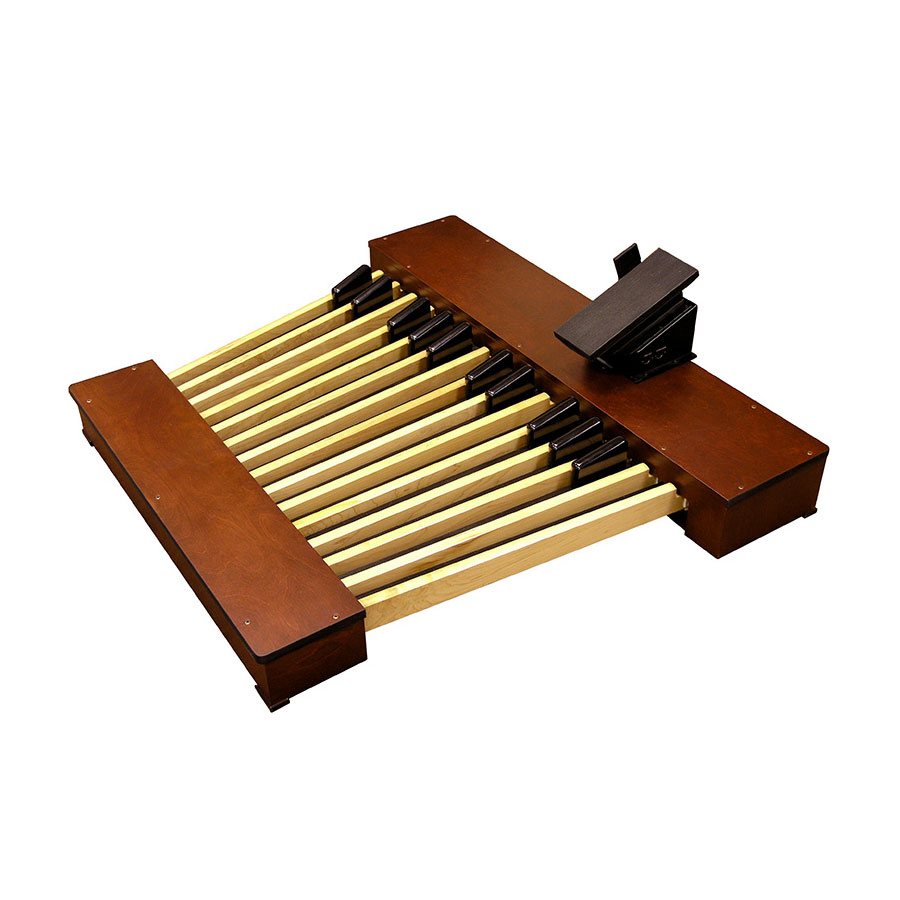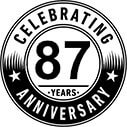Traditional Organ System
Item # 68881
Retail Price
$11499
Sale Price!
$8,999.00
Buy Today and Save $2,500.00 (22% from Retail)
We're sorry, this product is no longer available.
The XK- System is a revolutionary new keyboard concept. It is the only keyboard product on the market today in which a single-manual organ (XK-3/XK-3c) can be converted to a double-manual organ without any modifications . The XK-3/XK-3c can be quickly installed or removed from the lower manual cabinet assembly without any tools or technical experience. It is housed in a beautiful all wood "B-3" style cabinet. The Pedalboard and Matching bench complete the system.
Digital Tonewheel Generator
Laurens Hammond's original Organ (invented in 1935) had an intricate electro-mechanical mechanism that used 96 Quarter-sized wheels spinning on driveshafts powered by his patented synchronous motor. The wheels were notched according to pitch, and an electromagnetic pickup (much like that on an Electric Guitar) sensed those notches and rendered a musical note. The Drawbars combined those harmonic tones to produce the inimitable Hammond Organ sound.
Hammond's adherence to quality has allowed many vintage instruments to remain vital today, and are among the most desired and imitated musical instruments ever, but at a high cost. The Electromechanical Hammonds require expensive maintenance, regular doses of oil, and were of great weight; not easy to move at all.
The Xk-3c's VASE III "Engine" uses the exact model of Laurens Hammond's design, executing it in the digital realm, with no moving parts, retaining all of the nuances, imperfections and idiosyncrasies of the original. The wheels are always "spinning". When a note is played, the tones pass, just as water through a faucet. The random starts of each wave played allow for phase interaction, producing the rich tone so prized in the vintage Hammonds.
The Digital realization of Laurens Hammond's System allows sophisticated control of every facet. Each Digital Tonewheel can be voiced for Volume, Timbre, Motor Noise and Leakage; enabling the musician to tailor the Modern Hammond to match the characteristics of any Vintage Hammond, or to create their own vision. Twelve Macro Profiles allow the user to quickly select the most popular "kinds" of Hammond, from Showroom-New to Road-Worn Antique and all points between.
Classic Hammond Components
The Tonewheel Generator wasn't the only great invention of Laurens Hammond, and no Hammond Organ would be complete without the full spectrum of ingredients that comprised Mr. Hammond's genius design.
DRAWBARS
Mr. Hammond used the Pipe Organ Design concept of "Unification" in creating the iconic Drawbars of his Electronic Organ. This concept allowed one or more keyboards to control the pitches of many pipes within one set or "rank" of pipes. Adopting the harmonic standards and nomenclature of the Pipe Organ, Mr. Hammond's design assured that any organist would be able to play his instrument without a steep learning curve. Unlike the Pipe Organ, Mr Hammond's design allowed variable volumes of each Harmonic represented by each drawbar. This variation gave the musician millions of combinations of harmonics, and assured that every Hammond player would be able to summon a unique voice. An extra level to the expression a Hammond Organist had at their fingertips was added because the Drawbars could be manipulated in real time. The Sk Series features real drawbars in the size, shape and configuration of Vintage Hammonds. The Drawbars also serve the Combo and Pipe Organ divisions, but with a slightly different function.
VIBRATO/CHORUS
One of the most distinctive parts of the Hammond sound is the shimmering "Chorus Vibrato". It adds a silken quality to the sound by adding a second, slightly detuned pitch to the original in the Chorus Mode, and repeat-modulating the pitch slightly in Vibrato mode. Few musicians realize the Chorus effect pedal widely used for Guitars and Electric Pianos had its genesis as a component of the Hammond Organ. Mr. Hammond's original design used an electromechanical apparatus that looked much like the distributors you would find in the automobiles of the day, and ran off the same synchronous motor that powered the Tonewheel Generator. The Sk's Chorus-Vibrato is executed in the Digital Realm, without moving parts, and works under the same model. The classic V1/V2/V3/C1/C2/C3 controls are familiar to anyone who has ever played a Hammond. As with the Tonewheel Generator, Digital control allows a wide range of adjustment that was simply not possible on the original. As the Antique organs aged, the components acquired their own unique qualities. Digital control allows the user to shape the Chorus/Vibrato's various facets, with the added ability to "age" the effect-with the resulting treble emphasis and subtle distortion that marks the organs that develop this patina as "sweeter" than others.
TOUCH-RESPONSE PERCUSSION™
The chief feature of the Hammond B-3 upon its release in 1955 was the inclusion of Touch-Response Percussion™ (Perc). This effect added a high "attack" to the Organ tone at either the octave or the twelfth, with a fast note decay. This sound was reminiscent of an xylophone or clave, and became immensely popular, immediately. Perc gave the Organ a bright highlight, and every generation of music has embraced this sound. Controls for the Perc have the classic nomenclature, familiar to anyone who has ever played a Hammond. On the Sk series, Perc is executed in the Digital realm, allowing a wide range of controls the organists back in the day did not possess. The 1' drawbar muting, characteristic of the Vintage Organs can be defeated, as can the drop in Drawbar volume level that accompanied the engaging of the Percussion voice. You can control the volumes and decay times as well.
KEY CLICK:
In order that every key (and pedal) of the Laurens Hammond's Organ could access every Tonewheel as predicated by the Drawbar settings, an electro-mechanical apparatus lurked behind the keyboards, with 9 contacts corresponding to each drawbar for that keyboard and a series of contacts attached to each key. As a key was depressed, the contacts sequentially touched, and the circuits were completed to produce the Organ tone that was registered by the Drawbars. The very nature of Electric circuitry dictated a click could be heard at the top of each note played when the current-carrying key contacts touched. Laurens Hammond considered that click to be a nuisance, and worked to no avail in order to rid his organ of that imperfection. The jazz players who embraced the Hammond Organ, however, found the click to be a percussive highlight, and wanted nothing to do with its eradication. To make matters worse, as the Vintage Hammonds aged, the click became more pronounced, and by the Rock and Roll era, the Key Click assumed a role of importance that Laurens Hammond could never imagine. The Sk series allows you to adjust the intensity of the key ON click, and the key OFF click. The timbre of the click may also be adjusted. Mr. Hammond would have greatly approved of the Sk, as you can turn the click all the way off if you desire, creating a Vintage Hammond Organ that could not exist in the physical world.
THE "TONE" CONTROL:
The inclusion of this obscure feature demonstrates the commitment to authenticity Hammond has brought to the Sk Series. Inside the Vintage Hammond B-3, on one side of the tube preamp, there was a "Screwdriver Pot" with the engraved legend "Tone". This control was adjusted by the Technician installing the organ in order to tame the treble response in the instance of the organ's installation in a Church or Mortuary, where a more muted organ was desired. The control was a cocktail of upper Mid and High frequencies (the proportions of which were, until recently, held secret. The "Tone" control was basically a "hi cut" control and only went "down". You could not direct the control to go "up" for "boost". The TONE control is included in the Sk's menu with the added benefit of being able to BOOST the unique blend of frequencies, which adds a nice "edge" to the Sk tone, if desired.
0 0
MPN: XK-System Traditional
- Authentic Chorus-Vibrato/Touch Response Percussion
- 12 HAMMOND MACRO PROFILES with 17 TWEAKABLE PARAMETERS
- 96 INDIVIDUALLY Adjustable, Voiceable Digital Tonewheels
Create YOUR Perfect "B-3" From Showroom New to Road Worn Vintage
DIGITAL LESLIE - 7 LESLIE MACRO PROFILES:
- Type 122
- Type 147
- Type 31H (or "TallBoy"-the first Leslie Speaker released in 1941)
- Type 722 (Mid 70's "Home Organ" Model)
- Type 760 (Late 70's Solid State "Combo" Model)
- Type 825 (1970's Solid State Single Rotor Model)
- ROCK TYPE (Early 70's Model 925 High-Power "Combo" Model)
17 TWEAKABLE LESLIE PARAMETERS - Create YOUR Perfect Leslie-Store it in any of 8 User Profiles
- COMBINE THE HAMMOND ORGAN OF YOUR CHOICE WITH THE LESLIE OF YOUR CHOICE TO COMPLETE YOUR DREAM RIG!
- 1000's of Combinations Possible
- ONE OCTAVE OF B-3 STYLE REVERSE COLOR, UNLATCHING B-3-Style PRESETS, with 8 Banks containing 9 presets. (A# and B♮ call the current drawbar settings)
- TWIN REAL TUBE PREAMP provides warmth and overdrive characteristics
- Comprehensive MIDI Controller functions with 6 external zones (3 Upper
- Keyboard/2 Lower Keyboard and Pedal) Dedicated Switch and Rotary Control for each.
XK-Pedal Board (25-Note MIDI) - 25 keys
- Terminal: MIDI out, Expression pedal out
- Dimensions: 42" (W) x 37"(D) x 6"(H) (without expression pedal)
- Weight: 55 lbs
XK-Stand - 48"(W) x 25"(D) x 30"(H) (set up)
- 36 lbs
* C-3 style panels optional
XK-Bench (collasible) - 36"(W) x 15"(D) x 23"(H) (assembled)
- 29 lbs
Related Gear
-
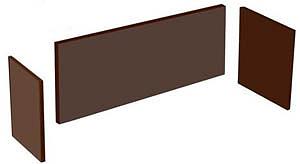
Hammond XK Style Panels Traditional Style
Item # 30907
Description
$239.00 View Details
XK-System C-3 Style Panels Traditional Style -
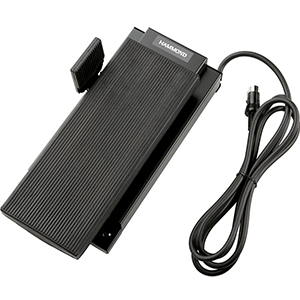
Hammond EXP100F
Item # 24465
Description
$229.00 View Details
Expression Pedal For XE-1, XE-101, XE-103, and XK-3c organs -
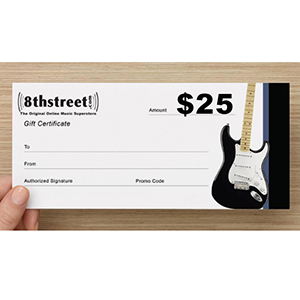
8th Street Music $25 Gift Certificate
Item # g25
Description
$25.00 View Details
Gift Certificate (may be purchased in multiple amounts)
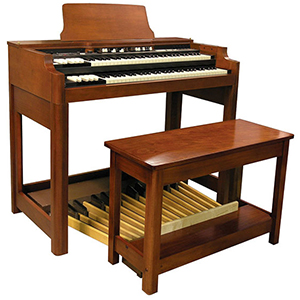 Traditional Organ System
MPN #: XK-System Traditional
UPC #:
Regular price: $11499
$8999.0000
Available from:
8th Street Music
Condition: New
Out of Stock
Traditional Organ System
MPN #: XK-System Traditional
UPC #:
Regular price: $11499
$8999.0000
Available from:
8th Street Music
Condition: New
Out of Stock


